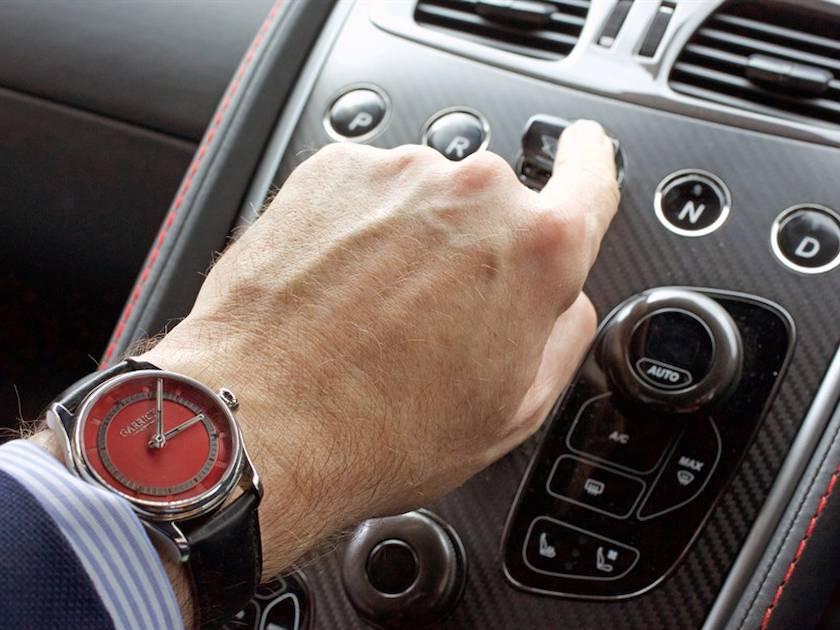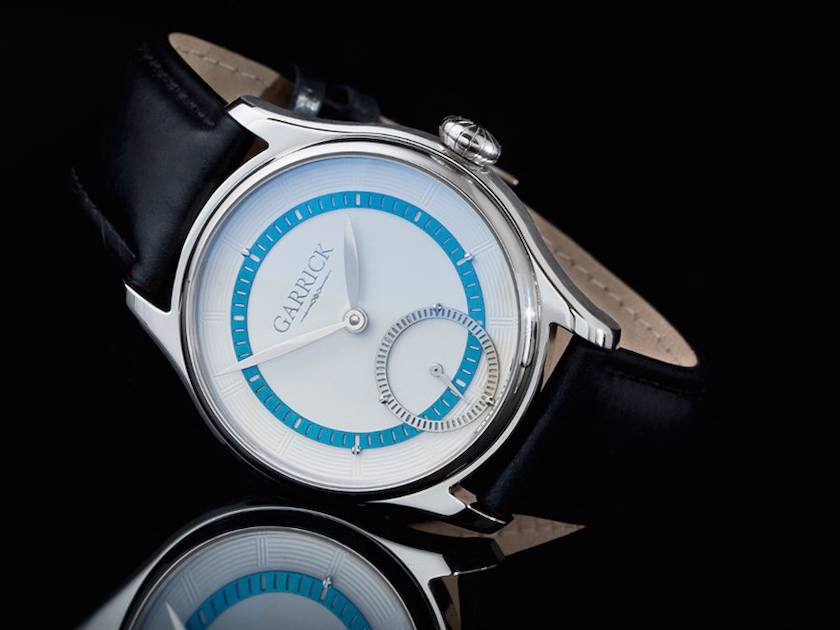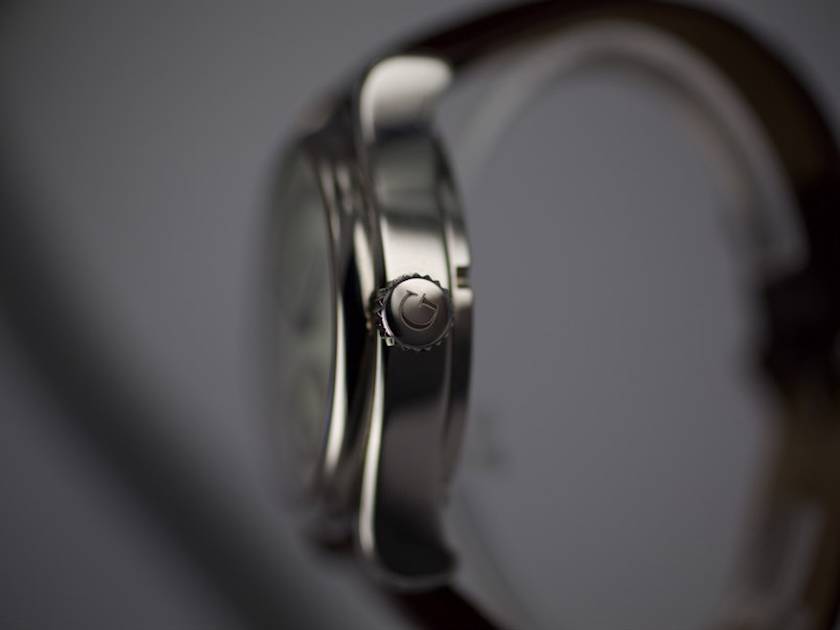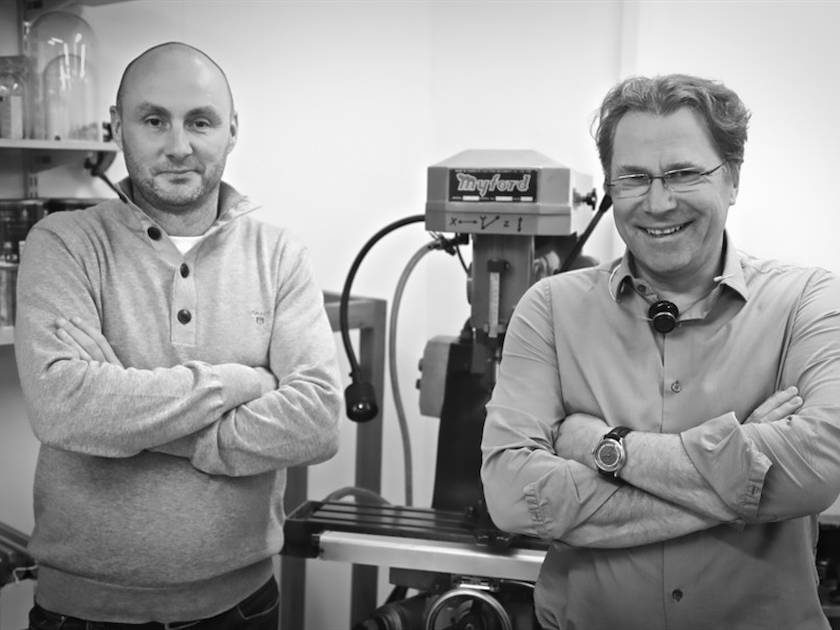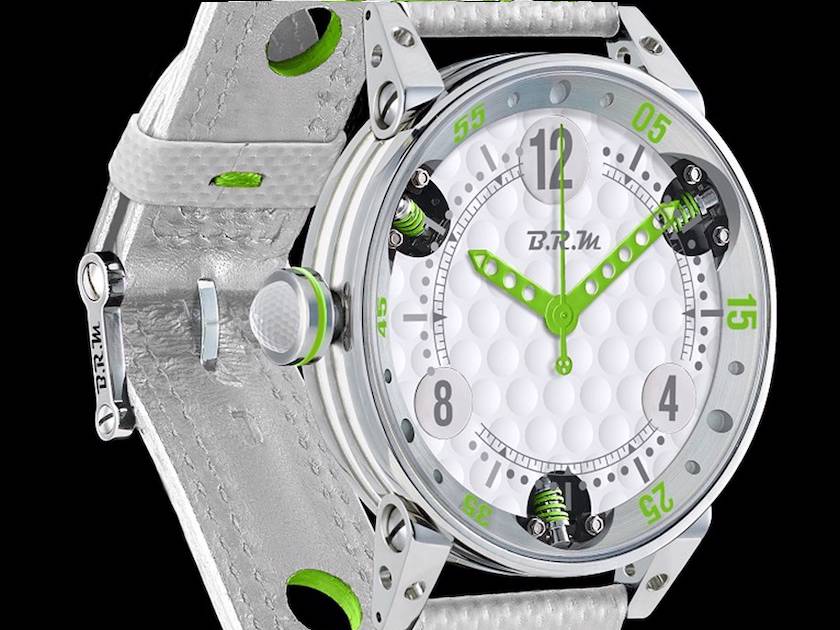Great Watches - British renaissance
Many wrongly assume that fine watchmaking originates from Switzerland. However, the origins of horology are closer to home. Angus Davies thinks it’s about time British watches take centre stage…
The cachet of three special words ‘Made in Britain’ has enjoyed a renaissance in recent times. The general public has thankfully forgotten the British Leyland cars of the 1970s, which were blighted by poor quality. Indeed, the very notion of purchasing a luxury product from our ‘Great Nation’ has a strong lure for many overseas clients, especially those affluent buyers from the BRIC countries.
Looking through the window of a high-end watch and jewellery retailer, Swiss watches often dominate but the annals of watchmaking started in Blighty and, in particular, John Harrison.John Harrison (1693-1776) was born in Foulby, West Yorkshire, and was responsible for creating timekeepers suited to life on the sea. Whilst clocks already existed in the late 17th century, they proved unsuitable for maritime use. Further to a major naval disaster near the Isles of Scilly in 1707, when over 2,000 people died, the need to establish accurate longitude became urgent. A few years later, the British Parliament passed the Longitude Act 1714 and the Board of Longitude was formed.
PRIZE MONEY. The Board of Longitude offered huge monetary rewards for the invention of a device capable of accurately determining longitude. Attracted by the prize on offer, Harrison spent the rest of his life developing marine timekeepers and he was awarded over £20,000 for his designs.
Other British horological luminaries included John Arnold (1736-1799), Thomas Tompion (1639-1713), George Graham (1674- 751) and Thomas Mudge (1717-1794). Mudge, a former apprentice to George Graham, remains a personal hero of mine. Mudge invented the lever escapement, a device that collaborates with the mainspring of a watch to proportion energy at a uniform rate, causing the hands to move at a pre-determined speed. Most impressively, the lever escapement still features in the majority of fine mechanical watches to this day.
DECLINING FORTUNES Despite Britain leading the way with the Industrial Revolution and being at the vanguard of mass production techniques, British watchmaking suffered decline as both the Swiss and the Americans embraced industrial manufacturing processes, using machinery to achieve lower production costs. The outcome of this approach was the democratisation of watchmaking and Britain’s once dominant position suffered steady decline.
A legacy of this period was the lack of funds and investment to compete with the Swiss. A major aspect of creating new watches is the research and development costs necessary to produce an in-house movement. Quite simply, the investment required to create a new engine for a watch is huge and has been a barrier to any significant homegrown horological revival.Some British companies have tried to add value domestically but economic necessity has dictated they procure many components from Germany and Switzerland.
BIRTH OF A COMPANY. However, the times are changing with a few British watchmakers hoping to buck the trend. David Brailsford, CEO and founder of Garrick Watchmakers, for example, has set out to create luxury, handcrafted British watches. Whilst he has found it to be financially prohibitive to use 100 per cent local content, he has vowed to create watches with “as much domestically produced content as possible”.
After collaborating with Simon Michlmayr – a talented clock and watchmaker, based in Norwich, and a Fellow of the British Horological Institute – plans quickly began to take shape, resulting in the company’s inaugural model, the Shaftesbury sm301, launched in February 2015.
In creating the Shaftesbury sm301, Michlmayr and his colleagues had their challenges. Firstly, there was a desire to add as much value domestically as possible. Moreover, the talented team of watchmakers wanted to enhance an existing vintage Swiss-made movement, suffusing it with specification highlights for added value.
SUPERB ACCURACY. Part of the brain of any mechanical watch is the ‘balance’, a series of small components connected to a wheel which oscillates to and fro. It is the balance which determines the accuracy of the watch.
Some watches are described as chronometers, indicating a high-degree of precision. In some cases, in order to receive independent certification of accuracy, the watch movement is tested both uncased and ‘cased-up’. The watch is tested in various states of inclination and orientation, and at different temperatures. Only the watches that pass muster are labelled chronometers. However, not all super accurate watches are assessed because the expense of testing adds significant cost to a timepiece – the Shaftesbury is currently priced at £3,995.The watch surprised several industry experts because it features a ‘free sprung balance’. Due to a small, specialised spring (the hairspring or balance spring), it can be held in any position and still deliver accuracy of +3 seconds per day, surpassing the chronometer-certified requirements of COSC.
HIDDEN TALENTS. Other highlights of this watch include the finely finished movement. Similar to many modern-day car engines, where components are hidden from view, watch companies often hide much mechanical beauty behind solid casebacks. In some cases, a panel of sapphire crystal is fitted in order to reveal the movement, but the view is often impaired by the large metal-plates (bridges) so much of the added value is still hidden.As a purist, I can think of nothing more enjoyable than whiling away the hours, loupe in hand, admiring the surface decoration of minuscule components. Garrick has created its own movement bridges, which are ‘open-worked’ to expose the mechanical manoeuvres of cog-like wheels.The dial of the Garrick watch is made in-house. This is quite unusual as many watch companies are mere assemblers of components, sourced from a myriad of suppliers. However, this is not the case at Garrick. The paradigm is simple, make it in-house or locally, if required, and only if absolutely necessary, procure it from overseas. If the dials require additional treatment to achieve a specific aesthetic, a local artisan is hired – reinforcing the uniqueness of Garrick watches. Vivid and vibrant hues imbue the Shaftesbury sm301 with a notable degree of individuality.
THE HOXTON SM302. Following the positive reaction to the Shaftesbury sm301, it seemed only logical that a second range of models would join the Garrick collection.The Hoxton sm302, released in June this year, eschews the costly to produce the free-sprung balance of its older sibling and dispenses with the small seconds display above 6 o’clock. However, the Hoxton sm302 looses none of its visual prowess of the Shaftesbury sm301 and, yet again, sports an attractive chiseled face. Simplicity accords more accessible pricing, with a current asking price of £2,495.
BESPOKE. Similar to an exquisitely tailored suit, crafted in Savile Row, Garrick recognises the desire of some clients to express their personality with a unique creation.
The manufacturing prowess of this British brand means the company is able to accept unusual requests and craft timepieces which evince a very individual character. Indeed, in the rarefied world of fine watchmaking, Garrick’s unpretentious approach to acceding to the specific desires of clients has led to distinctive dial designs at comparatively affordable pricing.
Based on the performance of Garrick to date and with more new models in the pipeline, the renaissance of British watchmaking is very much alive and ticking.

Journalist
